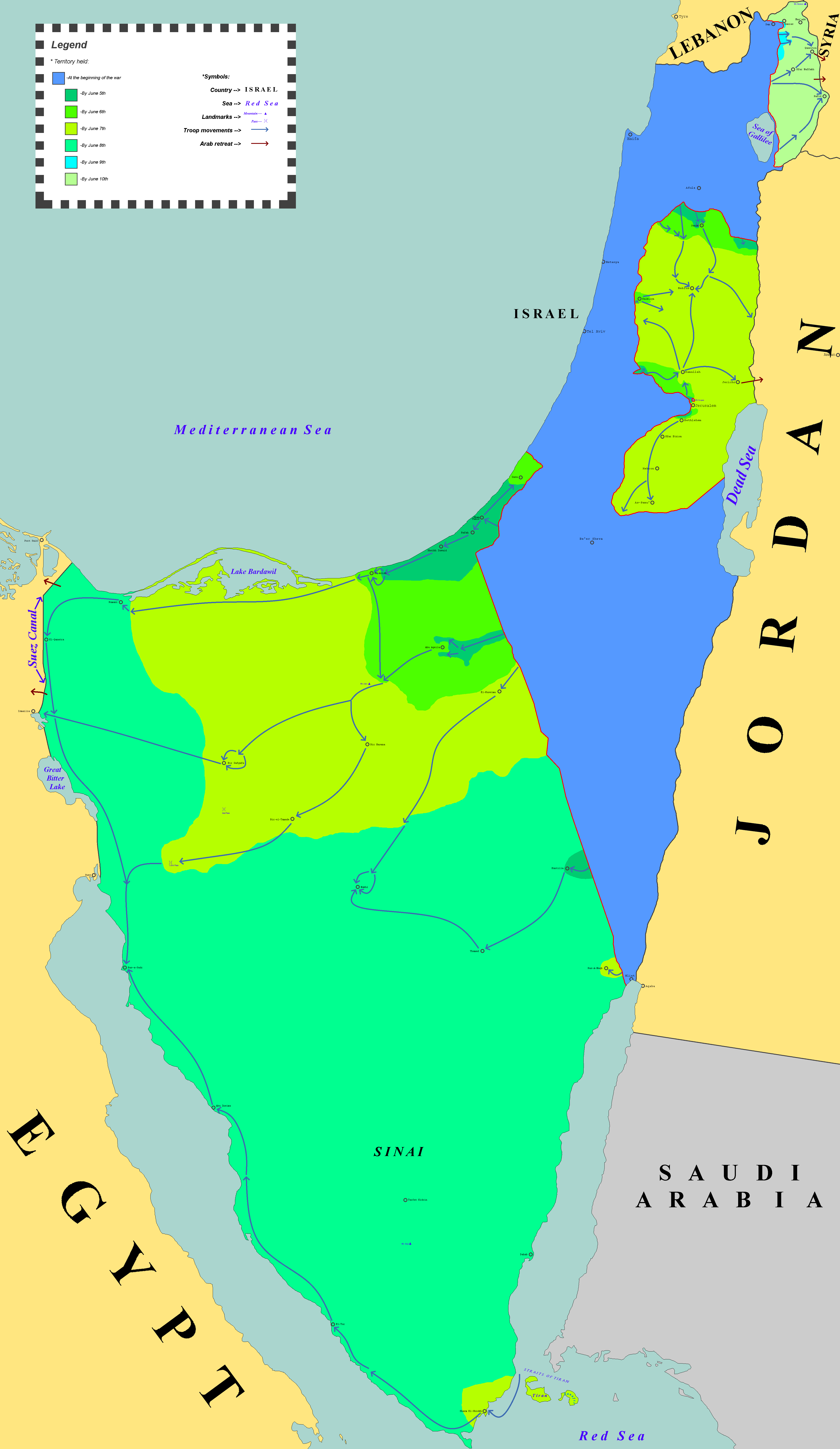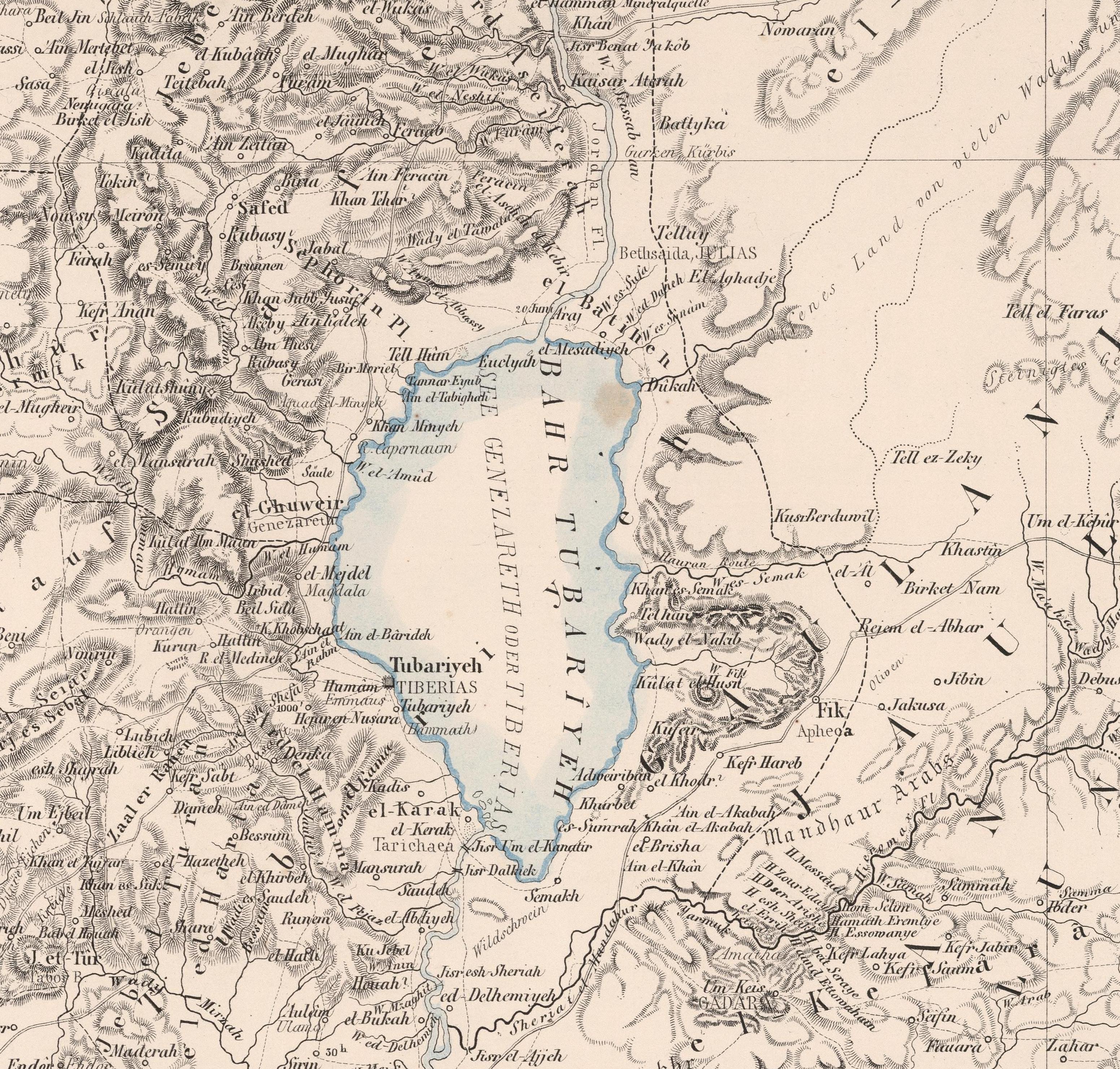|
German Protestant Institute
The German Protestant Institute of Archaeology (GPIA), Research Unit of the German Archaeological Institute, founded in 1900 is one of the most important biblical archaeological institutes in the Near East. Its German name is ''Deutsches Evangelisches Institut für Altertumswissenschaft des Heiligen Landes'' (DEI). Institutes The German Protestant Institute of Archaeology, Research Unit of the German Archaeological Institute, operates in two locations – Jerusalem and Amman. Its high reputation as cultural institution, help desk, and meeting place for European scholars makes it a sought-after partner for cooperation between German and international organizations and projects. The GPIA is a foundation administered by the Evangelical Church in Germany, the umbrella body of German Protestant regional churches. At the same time, it serves as a research unit of the German Archaeological Institute (DAI). They cooperate in several archaeological projects. * Institute Jerusalem, ... [...More Info...] [...Related Items...] OR: [Wikipedia] [Google] [Baidu] |
Tall Zira'a
The Tall Zira'a (or: Tell Zera'a) ( ar, تلّ زَرعة) is an archaeological tell in Jordan. Surveys and geophysical investigations showed the site's great potential for excavations. Tall Zira´a contains evidence of over 5000 years of settlement – almost without cultural gaps, at the point at which the Syrian cultural sphere meets the Palestinian. Its almost continuous stratigraphy from Early Bronze Age to the Islamic periods can possibly demonstrate the history of northeast Jordan. The Tall Tall Zira'a is a large hill some south-west of the ancient Decapolis city of Gadara in northern Jordan. It is situated at the confluence of the Wadi el-'Arab and its tributary, the Wadi az-Zahar. The tall rises about above the surrounding area. The settlements were built on top of a natural limestone hill, which has a dimension of about in diameter at its base. The plateau measures in diameter. The cultural layers are between and thick. An artesian well is located in the cen ... [...More Info...] [...Related Items...] OR: [Wikipedia] [Google] [Baidu] |
Mount Of Olives
The Mount of Olives or Mount Olivet ( he, הַר הַזֵּיתִים, Har ha-Zeitim; ar, جبل الزيتون, Jabal az-Zaytūn; both lit. 'Mount of Olives'; in Arabic also , , 'the Mountain') is a mountain ridge east of and adjacent to Jerusalem's Old City. It is named for the olive groves that once covered its slopes. The southern part of the mount was the Silwan necropolis, attributed to the elite of the ancient Kingdom of Judah. The mount has been used as a Jewish cemetery for over 3,000 years and holds approximately 150,000 graves, making it central in the tradition of Jewish cemeteries. Several key events in the life of Jesus, as related in the Gospels, took place on the Mount of Olives, and in the Acts of the Apostles it is described as the place from which Jesus ascended to heaven. Because of its association with both Jesus and Mary, the mount has been a site of Christian worship since ancient times and is today a major site of pilgrimage for Catholics, the East ... [...More Info...] [...Related Items...] OR: [Wikipedia] [Google] [Baidu] |
Six-Day War
The Six-Day War (, ; ar, النكسة, , or ) or June War, also known as the 1967 Arab–Israeli War or Third Arab–Israeli War, was fought between Israel and a coalition of Arab world, Arab states (primarily United Arab Republic, Egypt, Syria, and Jordan) from 5 to 10 June 1967. Escalated hostilities broke out amid poor relations between Israel and its Arab neighbours following the 1949 Armistice Agreements, which were signed at the end of the 1948 Arab–Israeli War, First Arab–Israeli War. Earlier, in 1956, regional tensions over the Straits of Tiran escalated in what became known as the Suez Crisis, when Israel invaded Egypt over the Israeli passage through the Suez Canal and Straits of Tiran, Egyptian closure of maritime passageways to Israeli shipping, ultimately resulting in the re-opening of the Straits of Tiran to Israel as well as the deployment of the United Nations Emergency Force (UNEF) along the Borders of Israel#Border with Egypt, Egypt–Israel border. In ... [...More Info...] [...Related Items...] OR: [Wikipedia] [Google] [Baidu] |
University Of Leipzig
Leipzig University (german: Universität Leipzig), in Leipzig in Saxony, Germany, is one of the world's oldest universities and the second-oldest university (by consecutive years of existence) in Germany. The university was founded on 2 December 1409 by Frederick I, Elector of Saxony and his brother William II, Margrave of Meissen, and originally comprised the four scholastic faculties. Since its inception, the university has engaged in teaching and research for over 600 years without interruption. Famous alumni include Gottfried Wilhelm von Leibniz, Johann Wolfgang von Goethe, Leopold von Ranke, Friedrich Nietzsche, Robert Schumann, Richard Wagner, Tycho Brahe, Georgius Agricola, Angela Merkel and ten Nobel laureates associated with the university. History Founding and development until 1900 The university was modelled on the University of Prague, from which the German-speaking faculty members withdrew to Leipzig after the Jan Hus crisis and the Decree of Ku ... [...More Info...] [...Related Items...] OR: [Wikipedia] [Google] [Baidu] |
Hippos, Israel
Hippos ( grc, Ἵππος, , horse) or Sussita (Aramaic, he, סוסיתא) is an ancient city and archaeological site in the former Israel-Syria DMZ, located on a hill on the slopes of the Golan Heights overlooking the Sea of Galilee. Hippos was a Hellenistic city in the northern Jordan Valley, and a long-time member of the Decapolis, a group of ten cities more closely tied to the Greco-Roman culture than to the local Semitic-speaking population. Later, Hippos became a predominantly Christian city, which declined towards the end of the Byzantine period and throughout the Early Muslim period, and was abandoned after the 749 earthquake. Today, the ruins of Hippos are open to visitors of the Susita (Hippos) Nature Reserve and National Park. Location Hippos was built on a flat-topped foothill east of and above the Sea of Galilee, above sea level, near modern Kibbutz Ein Gev. Besides the fortified city itself, Hippos controlled two harbor facilities on the Sea of Galilee a ... [...More Info...] [...Related Items...] OR: [Wikipedia] [Google] [Baidu] |
Petra
Petra ( ar, ٱلْبَتْرَاء, Al-Batrāʾ; grc, Πέτρα, "Rock", Nabataean: ), originally known to its inhabitants as Raqmu or Raqēmō, is an historic and archaeological city in southern Jordan. It is adjacent to the mountain of Jabal Al-Madbah, in a basin surrounded by mountains forming the eastern flank of the Arabah valley running from the Dead Sea to the Gulf of Aqaba. The area around Petra has been inhabited from as early as 7000 BC, and the Nabataeans might have settled in what would become the capital city of their kingdom as early as the 4th century BC. Archaeological work has only discovered evidence of Nabataean presence dating back to the second century BC, by which time Petra had become their capital. The Nabataeans were nomadic Arabs who invested in Petra's proximity to the incense trade routes by establishing it as a major regional trading hub. The trading business gained the Nabataeans considerable revenue and Petra became the focus of their ... [...More Info...] [...Related Items...] OR: [Wikipedia] [Google] [Baidu] |
Gadara Aqueduct
The Gadara Aqueduct, also called Qanatir Fir'awn or Qanat Fir'aun (Pharaoh's Watercourse), was a Roman aqueduct supplying water for some of the cities of the Decapolis. It serviced Adraha (known today as Dera'a in Syria), Abila (at Wadi Queilebh in Jordan), and Gadara (modern-day Umm Qais in Jordan). The aqueduct has the longest known tunnel of the Classical era. There was one section of more than , constructed with qanat technology. In this special case, nearly all the shafts were diagonal at 45–60 degrees, with stairs to the real water channel inside the mountain. The line went along steep slopes and collected water from sources around the area. The first visitor who rode along the "Kanatir" was U. J. Seetzen in 1805. There are gradients of for the tunnel section. The aqueduct starts at a Roman dam in Dilli (al-Dali, also spelled el-Dilli, Eldili, ad-Dili, c. 7 km north of the sub-district residence town of Al-Shaykh Maskin, Izra District, Daraa Governorate, Syr ... [...More Info...] [...Related Items...] OR: [Wikipedia] [Google] [Baidu] |
Kinneret (archaeological Site)
Kinneret () is the name of an important Bronze and Iron Age city situated on the northwestern shore of the Sea of Galilee, mentioned in the 14th century BC Aqhat Epic of Ugarit, and in the Old Testament and New Testament. Older Bible translations spell the name alternatively Kinnereth or Chinnereth, and sometimes in the plural as Chinneroth. In time the name became Gennesaret and Ginosar (). The remains of Kinneret have been excavated at a site called Tell el-'Oreimeh (Tell el-‘Orēme) in Arabic and Tel Kinrot in Modern Hebrew. Etymology "Kinneret" Talmud According to the Jerusalem Talmud (Megillah 1:1), the name Kinneret is derived from the name of the ''kinnar'' trees which grow in its vicinity, explained by lexicographer M. Jastrow to mean the Christ's thorn jujube ( Ziziphus spina-christi), and by Moses Margolies to mean cane reeds. Another Talmud passage says that it is so-called because its fruits are as sweet as those of the ''kinnara'' (Ziziphus spina-christi). "Ge ... [...More Info...] [...Related Items...] OR: [Wikipedia] [Google] [Baidu] |
Akko
Acre ( ), known locally as Akko ( he, עַכּוֹ, ''ʻAkō'') or Akka ( ar, عكّا, ''ʻAkkā''), is a city in the coastal plain region of the Northern District of Israel. The city occupies an important location, sitting in a natural harbour at the extremity of Haifa Bay on the coast of the Mediterranean's Levantine Sea."Old City of Acre." , World Heritage Center. World Heritage Convention. Web. 15 Apr 2013 Aside from coastal trading, it was also an important waypoint on the region's coastal road and the road cutting inland along the |
Gadara
Gadara ( el, Γάδαρα ''Gádara''), in some texts Gedaris, was an ancient Hellenistic city, for a long time member of the Decapolis city league, a former bishopric and present Latin Catholic titular see. Its ruins are today located at Umm Qais, a small town in the Bani Kinanah Department and Irbid Governorate in Jordan, near its borders with Israel and Syria. It stood on a hill above sea level overlooking the Yarmouk River gorge, with the Golan Heights and the Sea of Galilee well visible to the north and northwest. History Gadara was situated in a defensible position on a ridge accessible to the east but protected by steep falls on the other three sides. It was well-watered, with access to the Ain Qais spring and cisterns.. During the Hellenistic and Roman periods, Gadara was a centre of Greek culture in the region, considered one of its most Hellenised and enjoying special political and religious status. Hellenistic period By the third century BC the town was a ... [...More Info...] [...Related Items...] OR: [Wikipedia] [Google] [Baidu] |
Madaba
Madaba ( ar, مادبا; Biblical Hebrew: ''Mēḏəḇāʾ''; grc, Μήδαβα) is the capital city of Madaba Governorate in central Jordan, with a population of about 60,000. It is best known for its Byzantine and Umayyad mosaics, especially a large Byzantine-era mosaic map of the Holy Land. Madaba is located south-west of the capital Amman. History Madaba dates from the Middle Bronze Age. The town of Madaba was once a Moabite border city, mentioned in the Bible in Numbers 21:30 and Joshua 13:9. Control over the city changed back and forth between Israel and Moab, as mentioned in the Mesha Stele. During its rule by the Roman and Byzantine empires from the 2nd to the 7th centuries, the city formed part of the Provincia Arabia set up by the Roman Emperor Trajan to replace the Nabataean kingdom of Petra. The first evidence for a Christian community in the city, with its own bishop, is found in the Acts of the Council of Chalcedon in 451, where Constantine, M ... [...More Info...] [...Related Items...] OR: [Wikipedia] [Google] [Baidu] |








.jpg)